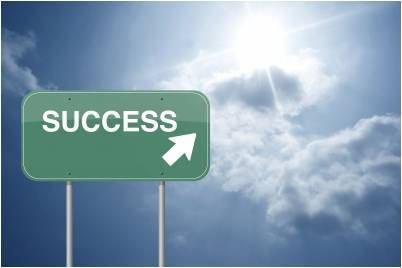The Beauty of Owning a Successful Online Web Store
What is life like for business owners who run a successful online web store integrated with their ERP system? Does their business practically run...
2 min read
Jeanne Lee Wed, Jul 03, 2013

 Depending on who you are speaking with, and the context of your conversation, sales forecasting can mean A LOT of different things; a salesman thinks in terms of units and revenue, accounting pro’s think in terms of budget and corporate financial planning etc. The group of people who are most often left out of these conversations entirely? That would be the supply chain management professionals and supply chain planners.
Depending on who you are speaking with, and the context of your conversation, sales forecasting can mean A LOT of different things; a salesman thinks in terms of units and revenue, accounting pro’s think in terms of budget and corporate financial planning etc. The group of people who are most often left out of these conversations entirely? That would be the supply chain management professionals and supply chain planners.
But in the mean time…
There are four primary ways to develop sales forecast that are directly related to who is exactly is in charge of the prep:
Forecasting Best Practices
Forecasting is not an exact science, but there are a few things you can do to help yourself such as:
To get even further into this topic we put together a complete guide to sales forecasting from a supply chain management perspective and continue on into how your sales forecasting will factor into MRP & DRP. Download the white paper at no cost here
About e2b teknologies:
e2b teknologies operates three business units – e2b anytime apps , e2b enterprise, and e2b calibration. e2b enterprise develops custom cloud-based business applications and resells leading ERP accounting software, CRM, HRMS, and other enterprise business software applications from Sage Software, Epicor, Intacct, Sugar CRM, and other publishers. e2b anytime is the publisher of Anytime Collect, Anytime Assets, Anytime 500, Anytime Commerce, and related Anytime brand products. e2b calibration is an ISO/IEC 17025 accredited calibration and repair laboratory providing a full scope of services (traceable to NIST) for most popular calibration, test, and measurement instruments.
Follow us on twitter @e2bteknologies
We are also on LinkedIn, Facebook, and Google+
What is life like for business owners who run a successful online web store integrated with their ERP system? Does their business practically run...

1 min read
As ERP consultants who support many Sage PFW ERP customers, we want to make sure everyone knows that Sage has announced the official retirement of...

Question: Roger, although we are EDI enabled, a lot of our small suppliers still send us their invoices in paper format. This creates a huge strain...